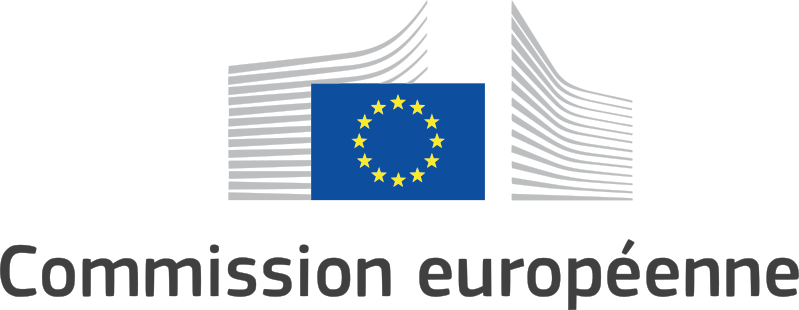ESR5
|
Vadim Gadelshin: ESR-5 Institute: JGU Mainz Nationality: Russian |
|
Working field: Remotely operated Laser Ion Source for radio lanthanide purification at medical cyclotrons - Overall mission: Design and test of new mass separator components to produce new medical isotopes - Tasks related to new mass separator components and designs:
- Tasks within new mass separator components testing:
|
Post no.
ESR 5
Duration
36 months
Work package
WP1, D1.3: Remotely operated Laser Ion Source for radiolanthanide purification at medical cyclotrons
Recruiting partner
Johannes Gutenberg University Mainz, Germany
Objective
Efficient mono-isobaric ion beam production via elemental selective laser ionization
Expected results
Each chemical element needs a defined 2- or 3-step laser ionization scheme. Terbium, Lutetium and Erbium isotopes will first be considered, using solid-state diode lasers that are better suited for remote operation. The ion source cavity (length, material, temperature) at the mass separator will afterward be developed to increase the ionization efficiencies. Finally a fully automated control software and monitoring will be implemented to foresee its transfer at a medical cyclotron.
Enrolment for PhD at
Johannes Gutenberg University Mainz, Germany
Planned secondment(s)
HUG, Switzerland – 6 months – setting up and test of atomic vapour cell-laser system at HUG cyclotron

